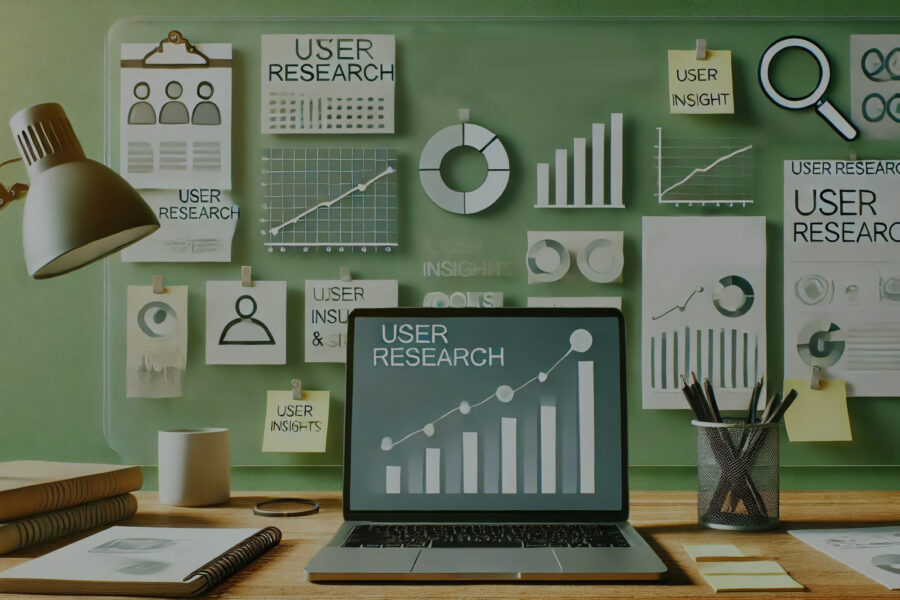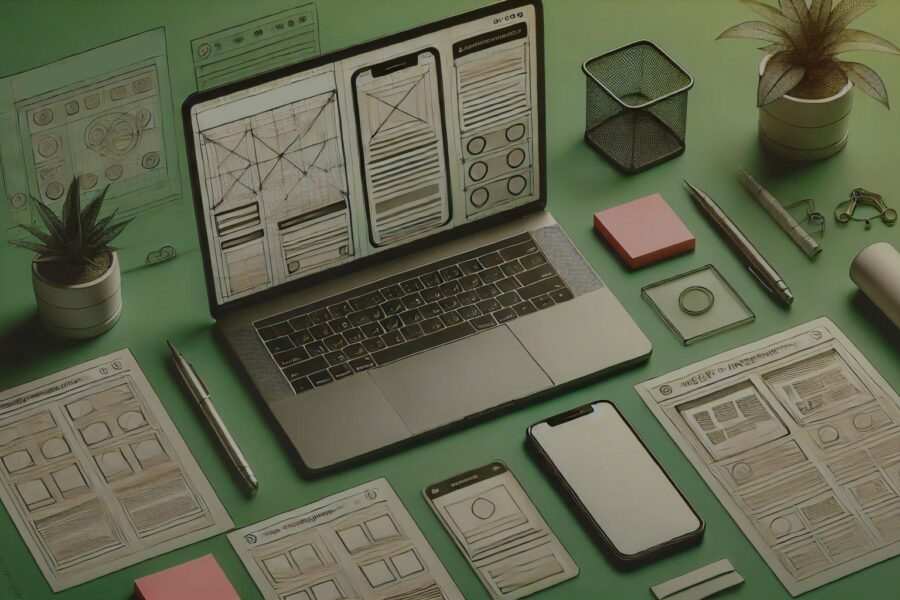Introduction:
In the world of product design, no single person can craft the perfect product alone. The best digital products are a result of cross-functional collaboration, involving designers, developers, product managers, and stakeholders. Communication and teamwork between these groups are essential to aligning on goals, sharing ideas, and ultimately delivering a cohesive and user-centered design. This post will highlight the importance of fostering an environment where communication flows freely and teams work together toward a common goal.
Why Collaboration Matters in Design
Collaboration is at the heart of innovation, and in product design, it ensures that ideas are tested, challenged, and refined from multiple perspectives. A collaborative environment encourages brainstorming, open dialogue, and constructive feedback, all of which contribute to a better design.
The complex nature of product development, where design, functionality, and business goals intersect, requires different skills and expertise to come together. Each team member brings their unique perspective to the table:
- Designers ensure that the product is user-centered, aesthetically pleasing, and intuitive.
- Developers translate these designs into functional code and ensure technical feasibility.
- Product managers align the design with business goals, user needs, and market demands.
- Stakeholders offer insights from a business or user perspective, often shaping the high-level vision.
The Role of Communication in Design Collaboration
Clear and effective communication is the backbone of any collaborative effort. Without it, misunderstandings arise, ideas are misinterpreted, and progress stalls. Communication in design teams ensures that everyone is on the same page and working toward a unified goal.
Key communication strategies include:
- Regular Stand-Up Meetings: Daily or weekly check-ins ensure everyone is updated on project progress, obstacles, and next steps.
- Design Reviews: Regularly scheduled sessions where designers present their work to the team, gather feedback, and iterate based on input.
- Cross-Disciplinary Workshops: Bringing together different departments (like marketing, sales, and development) to discuss user needs, business goals, and technical constraints fosters a holistic approach to design.
Overcoming Challenges in Design Collaboration
Despite the benefits, design collaboration can face several challenges, particularly in larger teams or remote work environments. Common obstacles include:
- Misaligned Goals: When departments or individuals have different priorities, conflicts may arise, leading to inefficiency and frustration. Establishing a shared vision early on can help mitigate this.
- Communication Silos: When teams don’t communicate effectively, valuable insights may be lost, and duplicated efforts may occur. Breaking down these silos through regular check-ins, shared documentation, and transparency tools can foster more open communication.
- Feedback Overload: While feedback is crucial, receiving too much input from multiple stakeholders can overwhelm designers and lead to confusion about which direction to follow. It’s essential to designate a clear decision-maker for each project.
Tools to Foster Collaboration and Communication
In the digital age, numerous tools facilitate collaboration and communication, even in distributed teams. These tools help manage projects, streamline workflows, and ensure everyone is aligned, regardless of geographic location.
Some of the most popular tools include:
- Figma or Sketch: Collaborative design tools where multiple designers can work on the same project in real time, sharing feedback and making adjustments.
- Slack or Microsoft Teams: Instant messaging platforms that allow for quick communication and team-wide discussions.
- Trello, Asana, or Jira: Project management tools that organize tasks, set deadlines, and keep teams accountable for deliverables.
- Miro: A digital whiteboard that fosters brainstorming and creative workshops, allowing for real-time input from remote teams.
Cross-Functional Collaboration: Bridging the Gap Between Teams
True collaboration requires more than just teamwork among designers—it demands seamless integration with other departments like engineering, marketing, and customer support. Cross-functional collaboration brings diverse perspectives into the design process, ensuring that the final product aligns with the broader business strategy and user needs.
- Design and Development: Close collaboration between designers and developers is critical to creating functional, aesthetically pleasing products. By involving developers early in the design process, designers can ensure that their ideas are technically feasible, and developers can provide feedback on how best to implement design elements. Regular communication throughout development helps prevent misalignment between design intent and final execution.
- Design and Marketing: Designers and marketers share a common goal: understanding the customer. Marketers bring deep insights into user demographics, behaviors, and motivations, while designers translate these insights into visual experiences. Collaborative efforts between design and marketing teams ensure that the final product resonates with the target audience and aligns with the company’s brand voice.
- Design and Stakeholders: Stakeholders, including executives and clients, play a crucial role in shaping the strategic direction of a product. Maintaining open channels of communication with stakeholders ensures that design decisions align with business objectives, creating a product that’s not only user-centered but also supports the company’s long-term goals.
Building a Collaborative Design Culture
To foster a collaborative design environment, leadership must prioritize communication, establish clear roles, and encourage continuous learning. Here’s how to build a collaborative culture within your design team:
- Encourage Open Feedback: Create an environment where team members feel comfortable sharing ideas and offering constructive criticism. Foster a culture where feedback is seen as a way to improve, not criticize.
- Celebrate Wins Together: Collaboration isn’t just about solving problems; it’s also about celebrating successes. When a project milestone is hit, take time to acknowledge the contributions of all team members, whether they’re designers, developers, or product managers.
- Prioritize Transparency: Make information accessible to everyone involved in the project, from design files to meeting notes. Transparency builds trust and ensures everyone is on the same page.
Conclusion: The Future of Collaborative Design
As the product design landscape continues to evolve, the importance of collaboration and communication will only grow. By fostering a culture of openness, leveraging the right tools, and bridging gaps between departments, design teams can create products that are not only innovative but also aligned with business objectives and user needs. Collaboration is the key to moving beyond good design and achieving great design that drives success.








